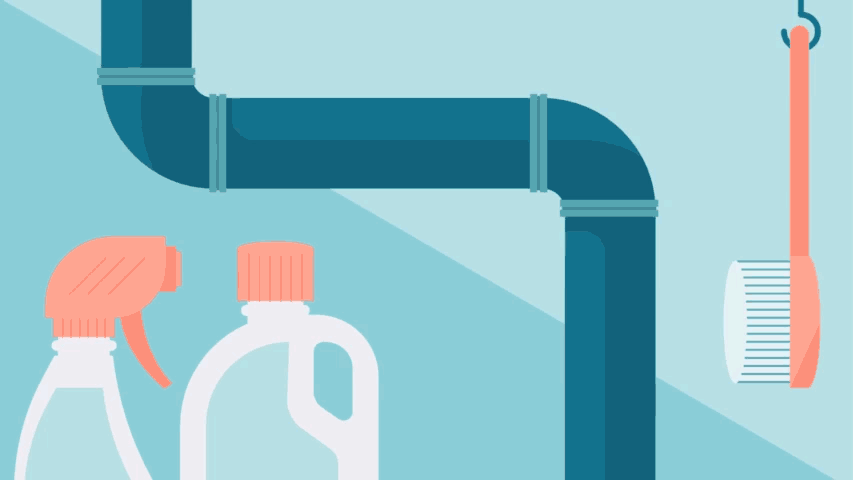A Guide to Preventing Frozen Pipes
Safeguard your home before frozen pipes cause serious water damage.
Freshly fallen snow, mugs of steaming hot cocoa, cozy fires—winter has its advantages. But when the temperature plummets, there’s also the risk of your home’s pipes freezing and bursting. And that’s one of the most common causes of property damage during frigid weather, according to the Insurance Institute for Business & Home Safety (IBHS).
So what’s a homeowner to do? Follow this guide to help prevent frozen pipes, and to get tips for how to handle them:
Understand why pipes burst
 Illustrations by Muti – Folio Art
Illustrations by Muti – Folio Art
The ice itself isn’t what causes a pipe to burst. Instead, the ice blockage causes water pressure to build between the blockage and a closed faucet. That pressure increase causes the pipe to burst, often at a place where little or no ice has formed, according to the IBHS.
Where you live makes a difference, too. Homes in northern climates are typically built with pipes located inside of the building insulation so they’re protected from freezing weather. In southern climates, pipes are more vulnerable to the cold as they tend to be located in uninsulated areas, and homeowners may not be as aware of how to prevent frozen pipes.
Know how to prevent frozen pipes

Take these precautions to help prevent your pipes from freezing indoors—even if it’s below freezing outdoors:
- If it’s extremely cold outside, help prevent frozen pipes by letting water trickle from the faucet. This will help provide relief from the excessive pressure that builds between the faucet and any ice blockage.
- Keep kitchen and bathroom cabinet doors open to allow warmer air to circulate around your plumbing.
- Keep your thermostat set to the same temperature day and night, so you can keep warm air flowing. You may incur a higher heat bill, but you’ll help prevent frozen pipes.
- If you’re away from home during the cold weather, leave your heat on, keeping the thermostat set above 55°.
- Use an insulated sleeve to cover any exposed exterior water pipes (sprinkler, pool supply lines, etc.) or interior water pipes (basement, crawl spaces, etc.).
Tell if your pipes are frozen
There are several clues that indicate your pipes might be in trouble:
- You notice odd smells from a faucet or drain, which could mean it’s partially or completely blocked.
- Little to no water is coming out from a faucet.
- You can see frost or condensation on the exterior of the pipes.
- You touch the pipe and notice a spot that feels colder than the rest.
Safely take action if pipes are frozen

If you find a frozen pipe, don’t take chances—call a licensed plumber. You can also try to safely warm it up to melt the ice. Don’t use a blowtorch or other open flame. Instead, place a towel doused in hot water or an electric heating pad around the pipe. You can also apply heat using an electric hair dryer. Keep the faucet on so you can tell if the faucet is thawing by the running water. If a water pipe bursts, turn off the water at the main shutoff valve in your home.
Check your home insurance policy or lease
Water damage is a leading cause of home insurance claims. Home insurance policies typically cover water damage to your home caused by a frozen pipe suddenly bursting. However, if you’re negligent, such as turning off the heat when you’re away from home, insurance may not cover your claim.
Don’t wait for a claim to learn what your policy doesn’t cover. Get a free AAA Triple Check.
Learn MoreIf you’re a renter, check your lease to determine if there are any applicable agreements with the landlord related to living in colder weather conditions. For example, the landlord might outline that you’re required to keep the thermostat above 60° during the winter to help prevent water damage. In many cases, renter’s insurance would help cover any damage to property caused by a burst pipe.